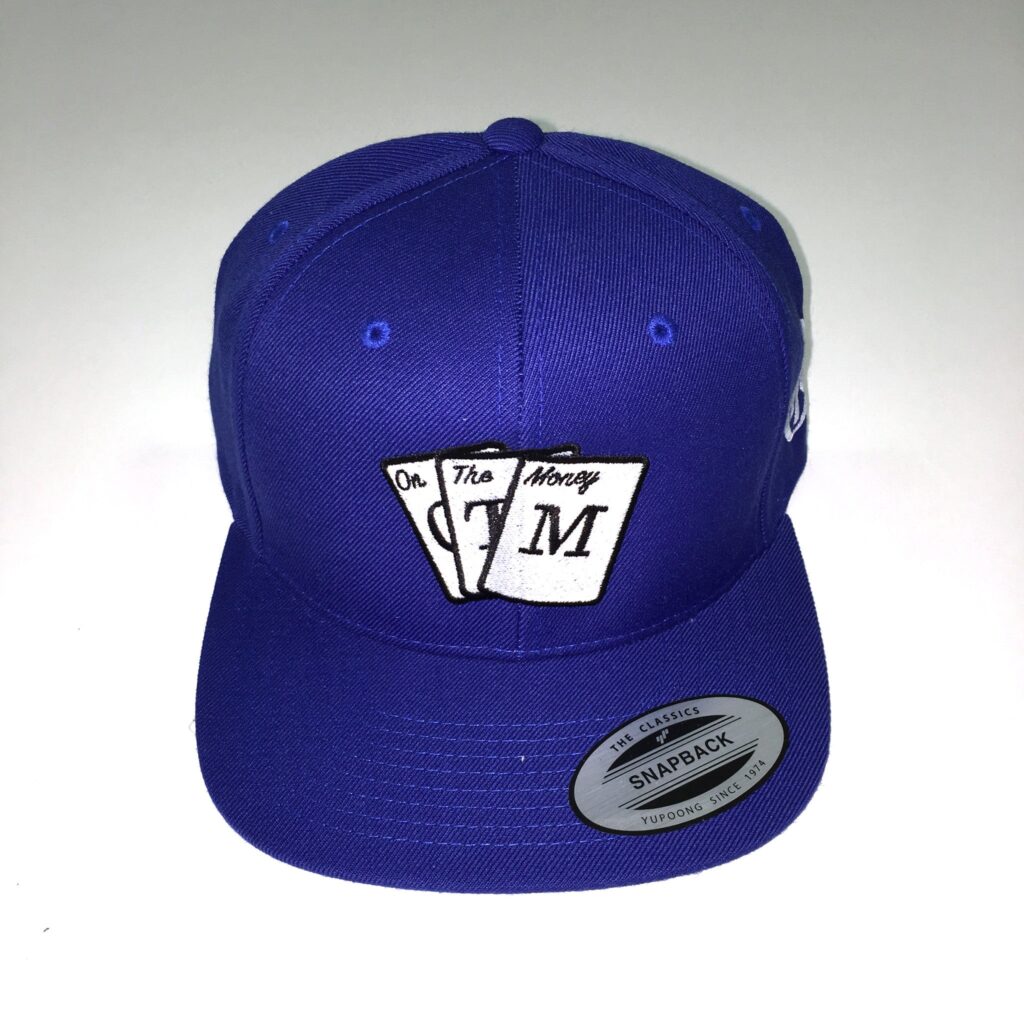Behind the Design: The Evolution of Snapback CapsEmbracing Sustainability: A Fashion Trend for a Better FutureBehind the Design: The Evolution of Snapback Caps
In recent years, the fashion industry has seen a significant shift towards sustainability—a movement that not only promotes ethical practices but also addresses environmental concerns. This trend isn’t just about what we wear; it’s a reflection of our values and commitment to making a positive impact on the planet.
Why Sustainability Matters in Fashion
Sustainability in fashion encompasses various practices aimed at reducing environmental footprint and promoting social responsibility. From eco-friendly materials to ethical production processes, sustainable fashion seeks to minimize waste, conserve resources, and support fair labor practices.
Key Elements of Sustainable Fashion
- Organic and Recycled Materials: Designers are increasingly using organic cotton, hemp, and recycled fabrics to create stylish and eco-conscious clothing. These materials not only reduce reliance on harmful chemicals but also help in minimizing textile waste.
- Ethical Production: Brands are prioritizing fair labor practices and transparency throughout their supply chains. This includes ensuring safe working conditions, fair wages, and supporting local communities.
- Slow Fashion Movement: Instead of following fast-paced trends, slow fashion promotes timeless designs and quality craftsmanship. Consumers are encouraged to buy less and choose well, focusing on durability and versatility.
The Rise of Eco-Friendly Brands
Many fashion brands are leading the charge towards sustainability by integrating these principles into their core values. From luxury labels to indie designers, there’s a growing demand for eco-friendly alternatives that don’t compromise on style or quality.
How You Can Embrace Sustainable Fashion
- Shop Mindfully: Support brands that prioritize sustainability and ethical practices. Look for certifications like Fair Trade or Global Organic Textile Standard (GOTS) when shopping for clothing.
- Invest in Timeless Pieces: Opt for classic styles and versatile pieces that can be worn for multiple seasons. Quality over quantity ensures longevity in your wardrobe.
- Upcycle and Recycle: Extend the life of your clothing by repairing, repurposing, or donating items you no longer wear. This reduces waste and supports a circular economy.
Conclusion
Embracing sustainability in fashion isn’t just a passing trend—it’s a commitment to a better future. By making informed choices and supporting brands that prioritize ethical and eco-friendly practices, we can collectively make a positive impact on the fashion industry and beyond.
Join the movement towards sustainable fashion today and let your style reflect your values!



